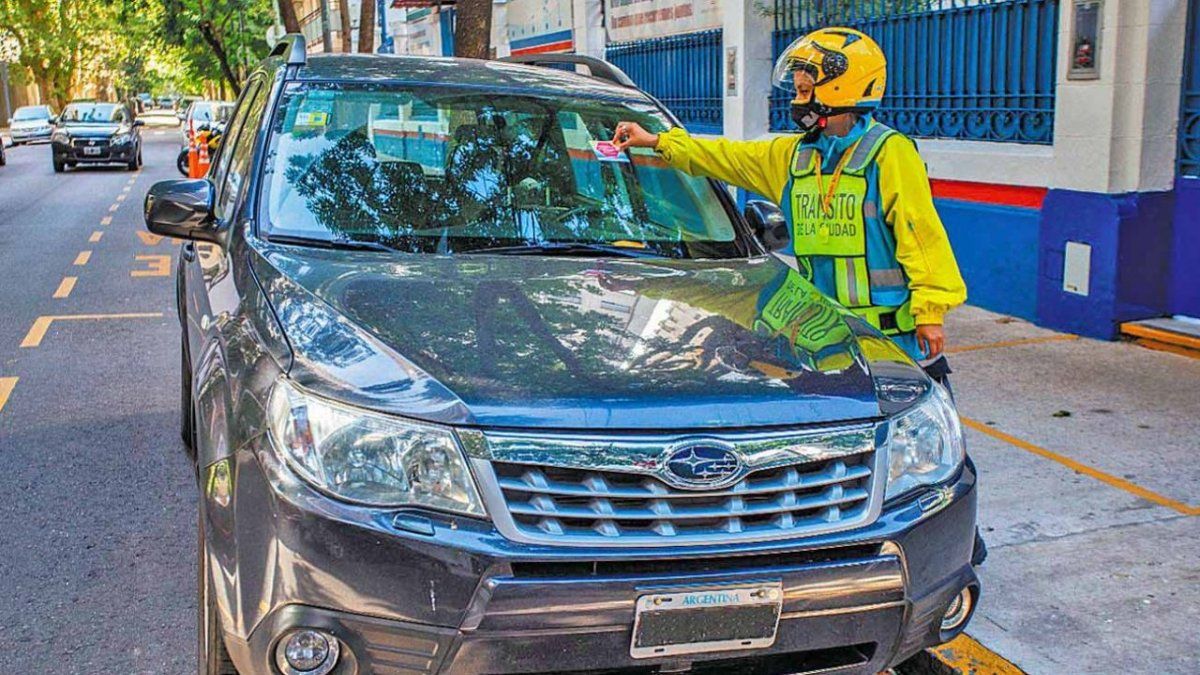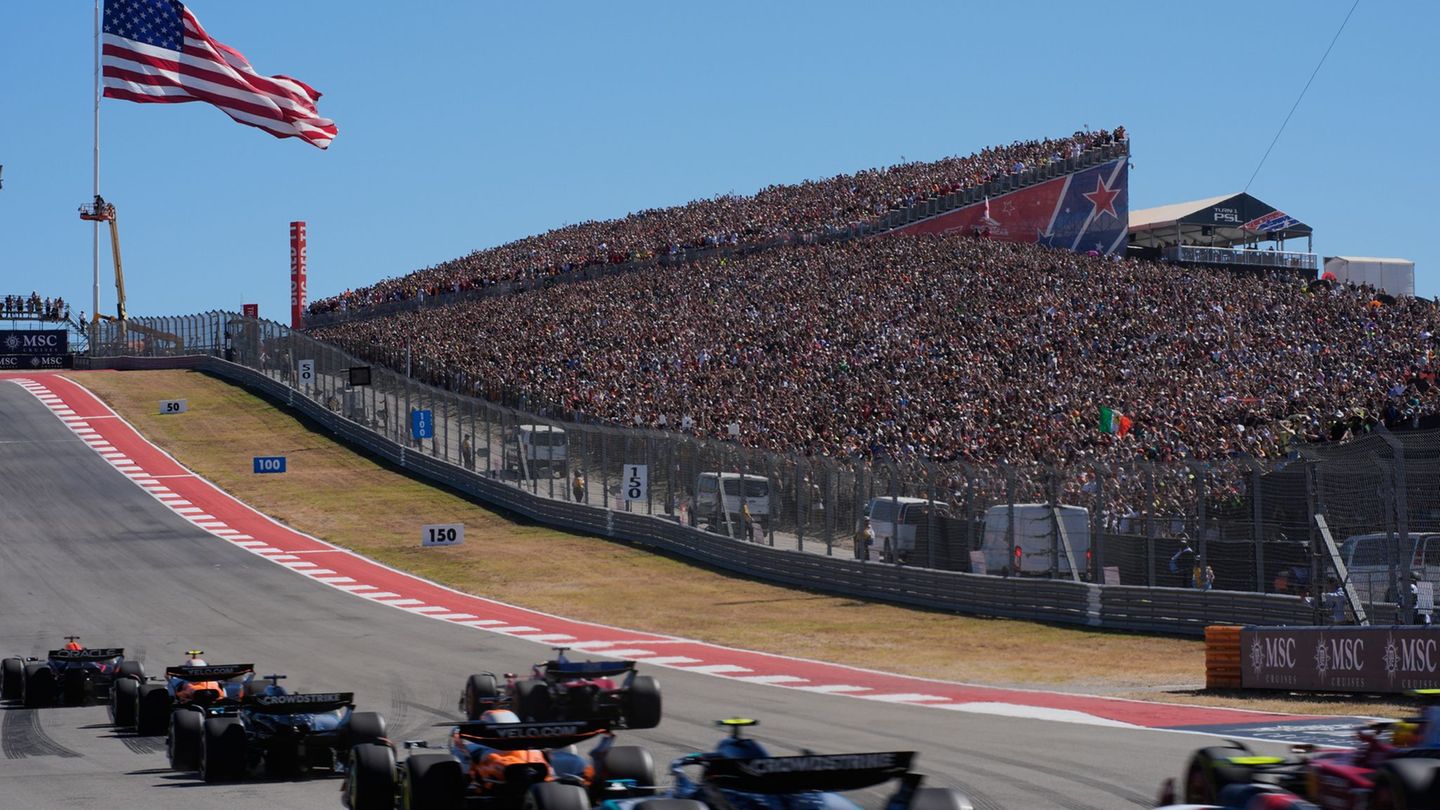He Sol a Sol Operation 2025 established accident prevention as the main objective of road controls, using fines more as a deterrent mechanism than as a collection tool.
According to the results obtained so far, 2,997 controls were carried out on private vehicles on the routes included in the operation, and 202 violations were recorded. Most of these corresponded to the lack of VTV or to cases in which the verification was adulterated.
The Ministry of Transportation of the province of Buenos Aires emphasized the relevance of compliance with the mandatory annual verification, highlighting that “it guarantees the proper functioning of the vehicle on road corridors” and contributes to the safety of all users.
Regarding the application of the Zero Alcohol Driving Law, the ministry directed by Martín Marinucci reported that 33 positive cases of alcohol consumption were detected, representing 16.33% of the total registered violations. The drivers involved faced sanctions that could reach $1,336,000.
Truck fine.jpg
Fines: where are the checkpoints on the routes to the Atlantic Coast
Routes 11, 63, 74 and 2, which link different regions of the country, are among the busiest during the summer season.
The permitted speed limits range between 60 and 110 km/h on the aforementioned routes, and from 60 to 120 km/h on route 2, which has more than 70 radars, also called cinemometers, to control excess speed. .
The Buenos Aires Police carry out documentation checks on the routes, which requires drivers to carry their driver’s license, vehicle identification card, current insurance and the Vehicle Technical Inspection (RTO) or the Vehicle Technical Verification (VTV).
Fines: radars are placed at the black spots on the routes to the Atlantic Coast
The location of the radars was centered on identify the so-called critical pointswhich are the stretches where traffic accidents frequently occur due to factors such as fog, sharp curves and the presence of trucks, which makes certain areas more dangerous and need greater attention.
Although doubts persist about a possible revenue-raising purpose in the use of radars, road safety experts agree that the main objective, along with the operations, is prevention, supported by the reduction in mortality from traffic accidents.
Source: Ambito
I am Pierce Boyd, a driven and ambitious professional working in the news industry. I have been writing for 24 Hours Worlds for over five years, specializing in sports section coverage. During my tenure at the publication, I have built an impressive portfolio of articles that has earned me a reputation as an experienced journalist and content creator.




